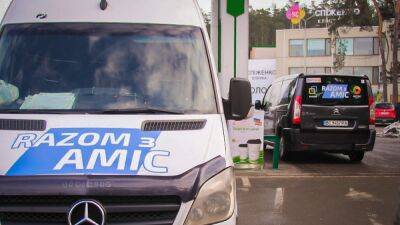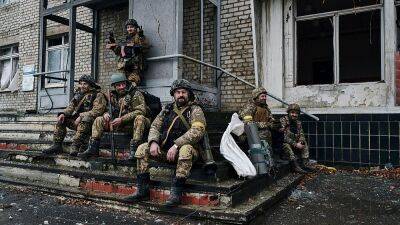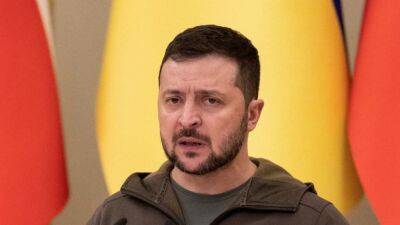Ukraine war: Western components found in Iranian-made drones used by Russian army, expert warns
The Iranian-made drones used by the Russian army to attack Ukraine's essential infrastructure and plunge the war-torn country into darkness are made "almost exclusively" of components manufactured by companies based in Europe, the United States and Asia, a report has found.
The findings, released by Conflict Armament Research, a UK-based organisation that tracks the use of illegal weapons in conflicts, throw into question the long-established regime of United Nations sanctions on Iran and pile further pressure on the European Union and its allies to close up loopholes.
Through several trips to Ukraine, the Conflict Armament Research team was able to collect and analyse two models of so-called "kamikaze" drones -- the Shahed-131 and the Shahed-136 --, which self-destroy once they hit their target, together with the Mohajer-6, a tactical and combat drone.
The three unmanned aerial vehicles showed multiple similarities with other Iranian-made drones that had been previously documented in the Middle East between 2017 and 2022, leading investigators to conclude the drones used by Russia to wage war on Ukraine had been assembled in Iran.
Teheran is one of the few allies Moscow has left on the global stage.
As a new barrage of drone strikes hit Kyiv, Euronews spoke with Damien Spleeters, Deputy Director of Operations at Conflict Armament Research, in order to find out how these highly sensitive components of Western origin could end up in Iran.
"We found (in the drones) components from different European countries," Spleeters said, referring to satellite navigation systems and engines.
"Usually, very often, manufacturers have very little visibility and control over where their products will end up. So, we are trying to identify and








